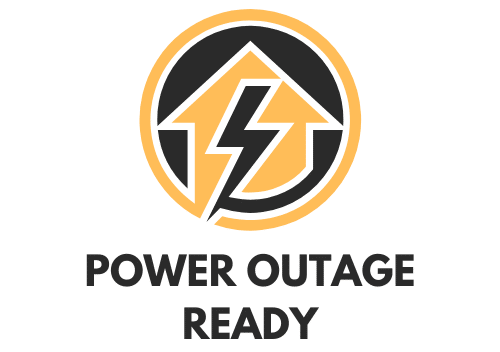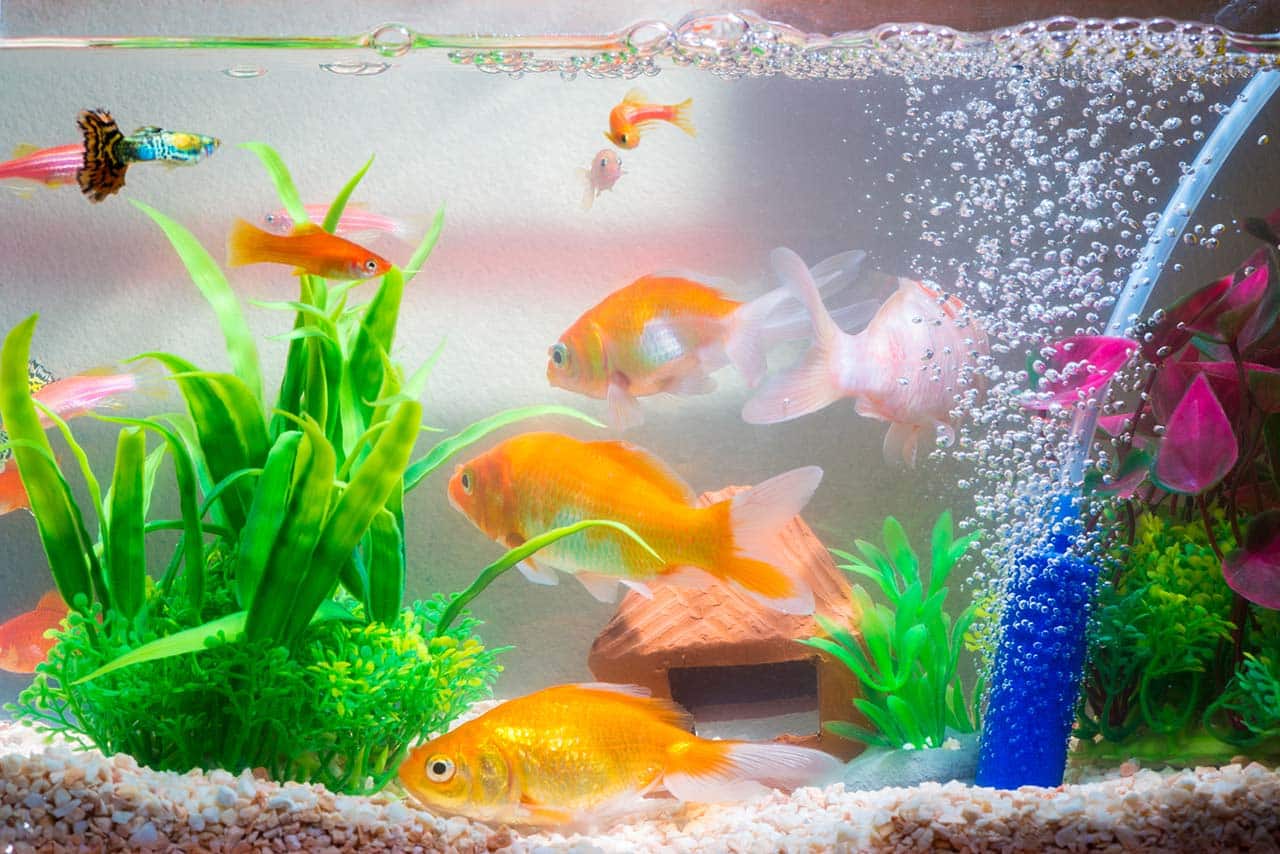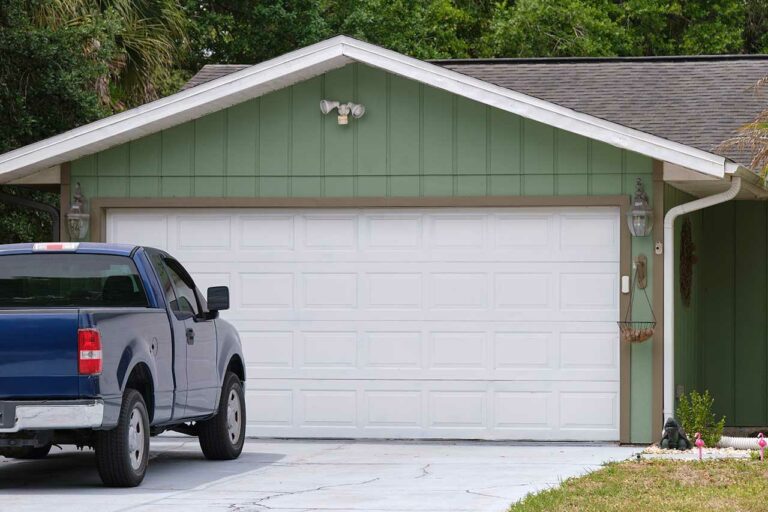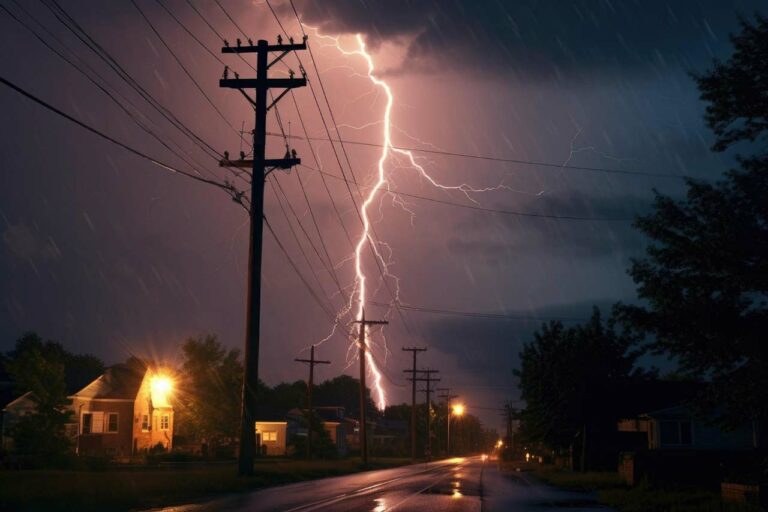What To Do With A Fish Tank In A Power Outage? (How To Save Your Fish)
When a power outage strikes, you have lots of things to worry about, and your fishy friends are one of them. After all, fish tanks depend on electricity, like so many other things in our homes, and are not immune to a power outage’s negative effects.
Temperature swings, dropping oxygen levels, and rising ammonia levels are common challenges that every fish tank faces during a power outage. With the filtration system not running, maintaining an optimal environment for your fish becomes more of a challenge.
Luckily, from proper preventive measures to using battery-powered equipment, there’s plenty you can do to ensure your fish tank remains a safe space for your aquatic friends. Let’s go through some fish tank power outage prep one step at a time.
Understanding the Problem
The Impact of a Power Outage on Fish Tanks
A power outage can create a number of issues for your aquarium. Fish rely on a stable environment to thrive, and disruptions in their habitat can lead to stress and even death. Some main concerns during a power outage include maintaining oxygen levels, regulating water temperature, and keeping ammonia levels in check.
Maintaining Oxygen Levels During Power Outage
When the power goes out, your aquarium’s filter and air pump are no longer working, which means oxygen levels in the water will begin to drop. It’s important to keep the water aerated during a power outage to prevent oxygen depletion, which can lead to fish suffocation and death. Manually aerating the water can be done by using a clean, large pitcher or vessel to scoop water out of the tank and pour it back in from about 6 inches (15 centimeters) above the water’s surface.
You may also consider having backup equipment such as battery-powered air pumps to maintain oxygen levels during a power outage.
Impact on Water Temperature
Another concern during power outages is fluctuating water temperatures, as heaters and chillers will be non-operational. Rapid temperature changes can be harmful to your fish, leading to stress and weakening their immune systems.
To maintain a stable water temperature when it’s cold, insulate the tank using blankets or towels. Be aware of the temperature throughout the power outage by using a thermometer, and make necessary adjustments as needed to keep everything in check.
On the flip side, if it gets too hot and you need to reduce the tank’s temperature, float a sealed bag of ice in the water. Make sure to keep an eye on the thermometer during this process, as drastic temperature swings must be avoided, and you don’t want to make it too cold. You can adjust the temperature by adding the ice to the tank and removing the ice from the tank as necessary.
Dealing With Ammonia Levels
Ammonia spikes are a serious concern in an aquarium, especially during power outages when your filtration system is offline. Elevated ammonia levels can be toxic to fish, leading to stress, illness, or even death. Here are the immediate steps to curb ammonia levels after a power outage:
- Reduce Feeding: While the power’s out, it’s best to minimize feeding your fish, or even abstain altogether. Overfeeding can quickly result in uneaten food decomposing in the tank, thereby escalating the ammonia levels.
- Keep It Dark: Maintain the aquarium in a darker setting. In low light conditions, fish tend to be less active and thus require less food and oxygen. This reduced activity can help in curbing the rapid increase of ammonia in the tank.
- Manual Removal: If you observe noticeable uneaten food or waste in the aquarium, manually remove it with a net or siphon to prevent it from breaking down and increasing ammonia levels.
- Water Changes: If you suspect ammonia levels are rising rapidly, you can perform a partial water change to dilute the ammonia concentration. However, make sure the replacement water is of a similar temperature and has been dechlorinated.
- Beneficial Bacteria: In normal situations, beneficial bacteria in your aquarium help in breaking down ammonia. Consider having bottled beneficial bacteria on hand. Adding these during or after a power outage can help restore the bacterial balance of the tank and aid in reducing ammonia.
Long-Term Strategies for Power Outages
Monitor Water Quality
Keep an eye on your fish tank’s water quality, as it tends to change during power outages. Short-term power outages might not cause significant issues, but longer outages can lead to dangerous ammonia spikes, starving beneficial bacteria. It’s important to monitor levels of ammonia, nitrite, and nitrate throughout the outage. If you don’t have test kits, consider investing in them to make sure your fish stay safe during a power outage.
Regular Water Changes
In times of power outages, regular water changes become even more essential to maintain a healthy environment for your fish. Since your filtration system isn’t running, it’s crucial to minimize the buildup of toxins and maintain adequate oxygen levels. Make it a habit to do partial water changes, removing about 25% of the water and replacing it with clean, dechlorinated water. This helps reduce ammonia levels and ensure the survival of your nitrifying bacteria.
Post Power Outage Measures
Restarting the Aquarium
Once the power is back on, it’s time to restart your fish tank. Before plugging everything back in, check the temperature of the water. For both freshwater and saltwater aquariums, you may need to slowly adjust the temperature back to the appropriate levels to prevent shock to your fish. When you’re ready, plug in your equipment, starting with the heater, followed by the filter to help restore filter bacteria. For a reef tank, you should also focus on restoring the lighting and water circulation.
Regular Maintenance Routine
After a power outage, it’s essential to get back on track with your regular maintenance routine. Start by testing the water parameters for ammonia, nitrite, and pH levels. Depending on the duration of the outage, it’s possible that the water quality has been impacted. Perform water changes as needed to help balance the water chemistry. Remember, consistency in your maintenance routine will help keep the aquarium stable for your fish.
Health Check for Fish
Monitor your fish closely after a power outage. Look for any signs of stress, illness, or injuries. Keep an eye out for erratic swimming, rapid breathing, or changes in color. If you notice any of these symptoms, take necessary actions to treat your fish, such as water changes, medication, or isolation, if required. Post-outage measures are crucial for the wellbeing of your fish, so be vigilant and attentive during this recovery period.
Special Considerations
Saltwater Tanks vs Freshwater Tanks
When dealing with a power outage, keep in mind that saltwater tanks have slightly different requirements than freshwater tanks. Saltwater tanks typically rely on more electrically powered devices, increasing the urgency to find alternative solutions during a power outage.
To begin with, don’t panic, and unplug your equipment to avoid any potential damage when the power comes back on.
Oxygen levels in saltwater tanks are crucial, especially since saltwater has less dissolved oxygen than freshwater. Consider investing in a battery-powered air pump to maintain proper aeration during an outage.
Temperature control is another critical factor. Saltwater tanks often house delicate coral and invertebrates sensitive to temperature swings. A battery-powered heater can help maintain a stable environment for your aquarium inhabitants.
While freshwater tanks are generally more forgiving in terms of oxygen and temperature fluctuations, it’s still essential to monitor ammonia levels, as they might spike without a functioning filter. Keep an eye on your tank’s parameters and take appropriate preventive measures.
Large vs Small Aquariums
The size of your aquarium also plays a significant role in determining the necessary course of action during a power outage.
Large aquariums usually have a higher bioload (more waste produced by organisms) and might require additional care to maintain water quality. Think about using backup generators or multiple battery-powered devices to ensure proper filtration and aeration in large tanks.
Small aquariums may be more susceptible to fast temperature changes, making them vulnerable in a power outage situation. Be extra cautious with monitoring temperature in small tanks and adjust accordingly using blankets, heaters, or fans (depending on the current room temperature).
Remember, during a power outage, always prioritize maintaining oxygen levels, stable temperature, and monitoring water parameters without making any drastic changes in a short time. Equip yourself with suitable emergency gear and always be prepared to care for your fish if your aquarium can’t get the job done.







